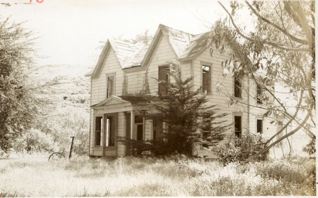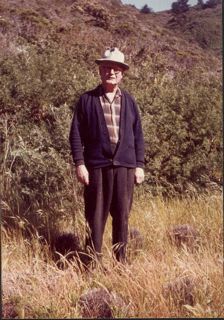A salute to the flexible and heroic people of the new age, who seemingly are not obviously discouraged.
Let us return to a land whose semi-isolation is taking longer for the fairy wand of progress to bring its ambivalent magic.
Over the western ridge lies the narrow coastal shelf, the land of the sea. It is green always and cool forever. And its ways have been paced and slow.
Its people look out on the sea. The sea and the sea world are never apart from them.
Long before the brothers of St. Francis had worn the Camino, the coast had known of the Spaniard.
Indians, crouched about a smoky clam bake or mussel feed had seen strange apparitions pass in the mist to seaward. High awkward shapes, but buoyant as sea birds. They were the Manila galleons of Spain.
Before Drake and not long after Magellan, these ships were taking short-circle route, making landfall near the Columbia’s mouth. Hence to La Paz, to take on Loreto’s pearls and tranship at Panama.
They skirted the coast closely, but with the Spanish distaste for fog, they did not land. A century would pass before they would come to California.
It was the Franciscan brothers, Serra, Palou and Lasuen, who came, with conversion of the heathen Indian as their intention. Missions were started. The Camino became well marked and well travelled long before these sun lovers accepted the coast as a home.
Spanish grants were allotted. Many passed intact through the Mexican days.
Presently disappointed gold diggers moved to the coastal land, and then the Scots, irish and occasional German. Mostly from Ohio, Indiana, Nebraska and Kansas, sometimes Kentucky and Tennessee, they were imaginative and enterprising folk.
Roads of a primitive sort soon were built. Sawmills were set up, stores opened and steamer landings constructed. A very active period began. San Francisco was hungry–for everything. Lumber, grain, potatoes, cheese and butter.
Little steam schooneers landed at the Old Landing (Princeton), at the New Landing or Amesport (Miramar) or lay to anchor at Gordon’s Chute (Tunitas). Just beyond the county, and used by Pescadero ranchers, was Davenport.
…to be continued…






